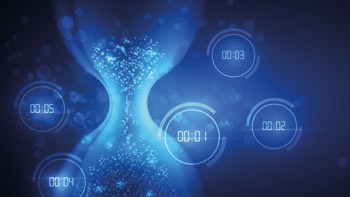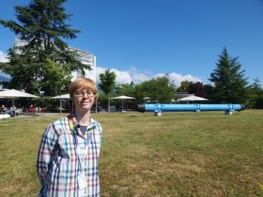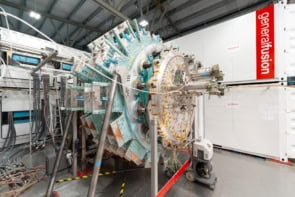With the Physics World 2019 Breakthrough of the Year due to be announced on 12 December, Physics World journalists look back at the past decade of winners and explore how research in that field has moved on. Here Margaret Harris reflects on the 2010 breakthrough for “new ways of controlling antiatoms of hydrogen”

Nine years ago, controlling a beam of antihydrogen and trapping a mere 38 atoms of the stuff was enough to win Physics World’s “Breakthrough of the Year” award. Today, such achievements are practically routine, and members of the winning ALPHA and ASACUSA collaborations at CERN have helped to transform their singular technical achievement into a fruitful new sub-field of experimental physics.
“The whole purpose of the demonstration in 2010 was so that we could do measurements on antihydrogen,” says ALPHA’s spokesperson Jeffrey Hangst, a physicist at Aarhus University in Denmark. “I would go so far as to say that we have done what we promised we would do.”
Between 2010 and the end of 2018, when CERN’s antiproton source shut down as part of a planned upgrade to the Large Hadron Collider (LHC), scientists in ASACUSA and ALPHA used their antihydrogen beam and antihydrogen trap (respectively) to perform a series of ground-breaking measurements. Notable milestones include the first measurements of the 1S to 2S atomic transition frequency in antihydrogen and the most precise measurement of the antiproton/electron mass ratio in antiprotonic helium.
The aim of all these experiments (and others in the growing field of antimatter research) is to look for discrepancies between matter and antimatter. Any such differences would violate the Standard Model of particle physics, and might even explain the predominance of matter over antimatter in the observable universe. So far, neither ALPHA nor ASACUSA has seen definitive evidence for a matter/antimatter asymmetry, but the precision of their measurements is improving, and Hangst says that ALPHA’s latest upgrade should make it competitive with conventional hydrogen spectroscopy.
The success of ALPHA and ASACUSA has also inspired a new generation of antimatter experiments. Three collaborations are now developing ways to study how antimatter responds to gravity, and Hangst says that the oldest – an ALPHA offshoot called ALPHA-g – came tantalizingly close to producing a result in the weeks before the most recent LHC shutdown. A newer experiment, known as AEgIS, aims to study the effects of gravity on positronium atoms (electron–anti-electron pairs) rather than antihydrogen, while a third, GBAR, received its first antiprotons in 2018.
All in all, the years since the 2010 breakthrough have been good ones for antimatter research, and Hangst looks back with pride on what he and his colleagues have achieved. “This is now a field,” he tells Physics World. “It used to be just speculation.”



